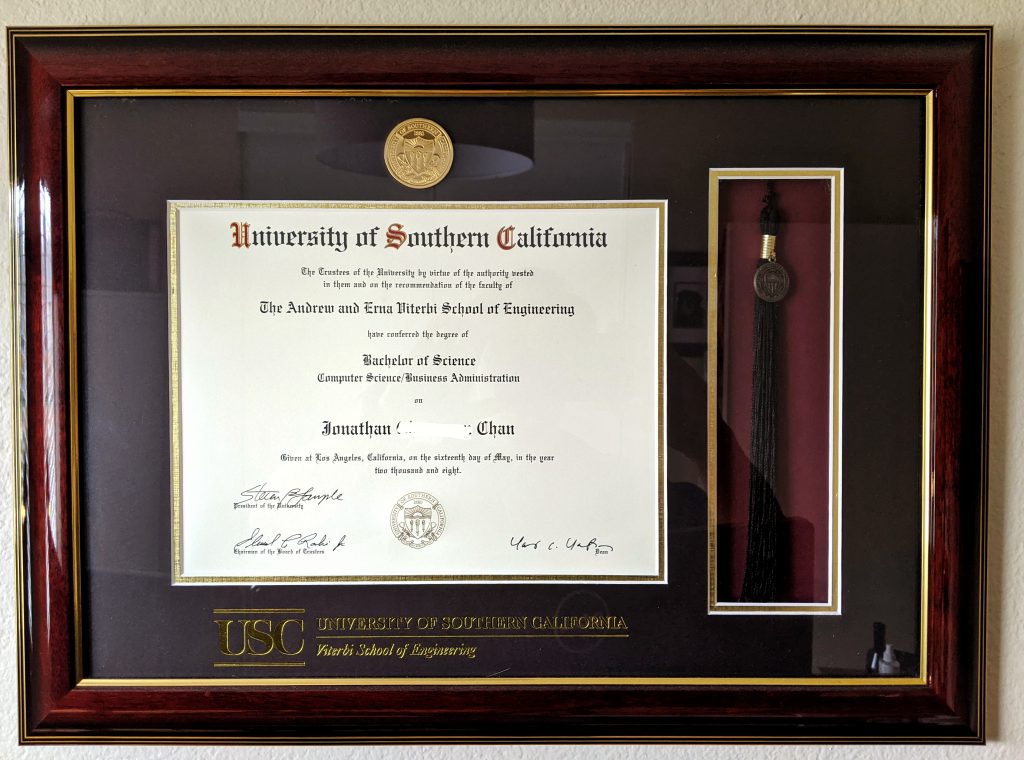
What’s in a name or a number?
Let that question sit with you for a bit.
Mull it over like a sip of wine, an ice cold beer, or your favorite non-alcoholic beverage of choice.
We’ve been conditioned in society, to associate value with a brand name, the cost of an item, or even the brand icon. We purchase certain things with the perception a particular brand will inherently bring quality, features, longevity, or even political stance. Often, we associate some intrinsic value of an item with the amount paid. The more expensive goods often providing a sense of allure, luxury, flavor profile, or even practicality.
This same thinking, tactics, and strategies have crept into technical recruiting. Various recruiting reach-outs to me (and others), have included the names of various prestigious universities, celebrity founders and CEO’s, and of course, the amount of venture capital the firm has acquired.
Here are two excellent articles on the halo effect I’m referring to:
Acknowledging the privilege I’ve had to work in software for a little more than a decade (that really hurts to type out), I firmly believe we’ve been doing a disservice to each other and to our industry with these approaches.
There’s multiple facets to how these strategies incorrectly prioritize aspects of hiring:
- Candidates only care about money.
- Candidates only care about the founders’ resume and what other prestigious companies they have passed through.
- Similarity bias, we broadly enforce the founder (or company) archetype can only come from certain educational backgrounds or prior work experience.
I empathize that recruiting is a numbers game (as many of my manager colleagues have shared with me). The more people in the funnel, the more potential for interviews, and higher conversion rates into offer letters. There’s a perception that celebrity CEOs, prestigious schools, or funding series will attract talent. But I question, what type of talent are you trying to recruit? Are you trying to put bodies behind desks or build something that will be successful and sustainable?
As an industry, we should be doing better than this. Here’s a story to help define the way I’ve been thinking about this topic.
Recently, I went through an interview process with a start-up in an early series of funding based off a recruiting email. The email directly stated the founders’ educational background, all from Stanford and their funding series, Series A or B (if memory serves). I took the call because their product interested me and I wanted to know more about the company.
I prepared for the interview, and assembled a list of questions surrounding the following areas:
- What is the product roadmap, marketing, and sales roadmap?
- How many engineers have they hired for this particular business unit? What are their backgrounds?
- Will I get face time with the founders? How will I get to influence product direction?
- What is the culture?
- What types of partnerships and freedom will I have to execute my role?
- What does compensation look like?
I’m sad to say, I only received partial answers from the recruiter, and was met with a lot of, “I don’t know – I don’t think we can share that.” This isn’t to blame the recruiter at all. He relented to me that he had only started technical recruiting months ago and wasn’t privy to the vocabulary or inner-workings of the company he was staffing for. From my point of view, he was set up for failure.
The point of this story: the founders’ educational background, their funding series, did not mean a single thing to me. I was determining how viable their product is, getting a feel for their work culture, and collecting data on how I can be empowered to have the impact they desire. The final piece being compensation, would I be paid to have the impact they are seeking?
The industry has been signaling for a long time that candidates only care about are degrees, job titles, and money. If we’re trying to sell the idea of helping each other solve hard problems, focus on those problems and topics first.
Money and compensation are always important but it’s important how much I’ll receive versus what freebies I’m getting in the office.
Putting another fine point on things, let’s assume a company has $10M in funding and the company currently employees 20 people. If each employee is paid a $150k yearly salary, $3M of that funding is already spoken for. The remaining $7M is allocated to overhead (rent, equipment, licenses, etc…), healthcare, maybe snacks, and those spiffy laptops they’re providing.
These astounding numbers send the wrong message. Simply because a company has secured a somewhat large funding round (no easy feat in itself), does not translate into me having any more money in my pocket, or being given the resources to be successful in my role.
If you’re a young start up, be clear to your candidates, “There’s not a lot of money on the table, but you’ll learn a lot.” If you’re trying to sell me an idea, everyone in the company should be clear on what it is you’re selling and how you hope to sell it. If there’s lack of transparency and information from the get-go, it will be extremely hard for me (or anyone else) to be successful and aligned with the company’s mission.
Illustrate that the company, founders, and engineers have a sound development roadmap, have a sustainable monetization model, and are empathetic to the needs of its employees and its customers. This last point holds true to both young start ups and mature companies. This signals to me the company cares about affecting positive change and not seeking some quick exit or land grab. Those latter things are okay too but be up front about it.
The industry is striving to change recruiting, looking for more diversity, and attempting to be more inclusive.
This starts with being more upfront and honest about what we’re all building, how we’re building solutions, and whom we’re selling these solutions to. We have to more cognizant and deliberate about how we hire and whom we hire.
Stop signaling over brand names, celebrity leadership, and funding rounds. Send signal on all the other things that are actually important, the things that make us all the more successful.
So. What’s in a name or number?

